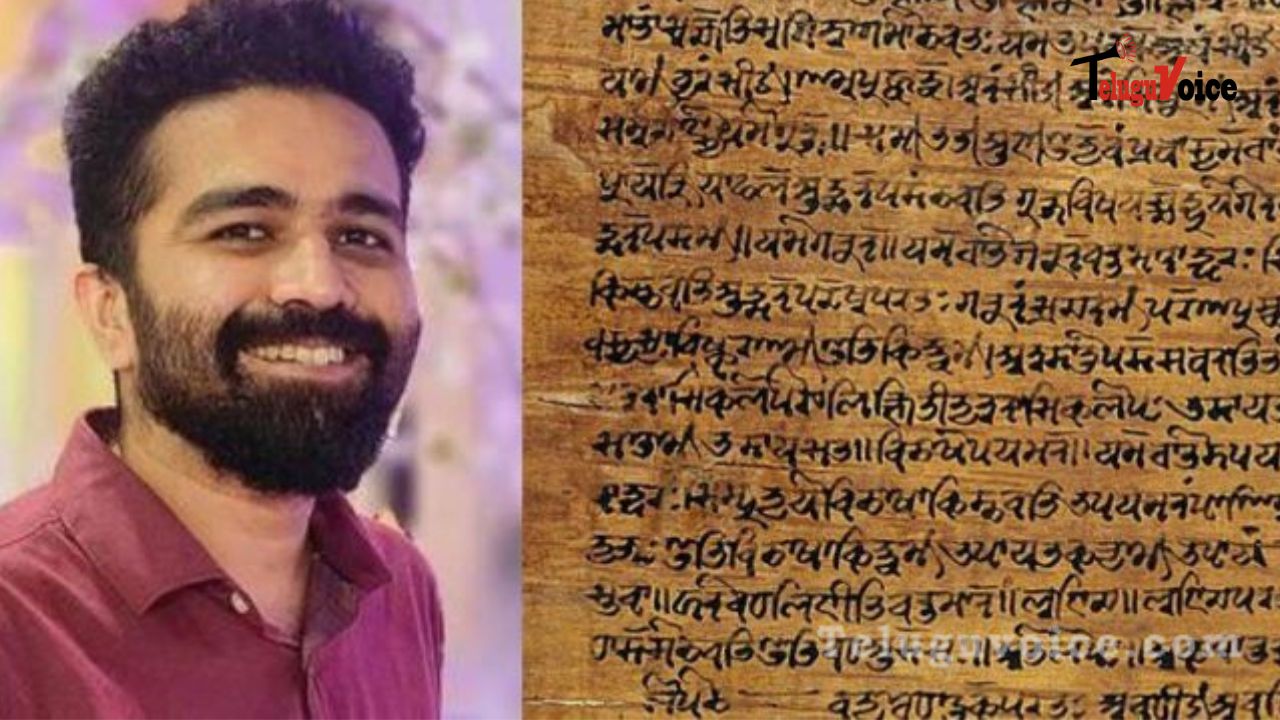Cambridge University's Indian Ph.D. student solves a 2,500-year-old Sanskrit puzzle.

As his thesis was published, an Indian Ph.D. student at the University of Cambridge solved a grammatical problem that has confounded Sanskrit scholars since the 5th Century BC.
He made the breakthrough by decoding a rule taught by Panini, known as the father of linguistics, and is now encapsulated in his thesis titled 'In Panini, We Trust: Discovering the Algorithm for Rule Conflict Resolution in the Astadhyayi'.
According to the university, leading Sanskrit experts have described Rajpopat's discovery as "revolutionary," and it could now mean that Panini's grammar can also be taught to computers for the first time.
"After nine months of trying to crack this problem, I was almost ready to quit, I was getting nowhere. So, I closed the books for a month and just enjoyed the summer, cycling, cooking, swimming, praying, and meditating. Then, begrudgingly I went back to work, and within minutes, as I turned the pages, these patterns started emerging, and it all started to make sense. There was a lot more work to do, but I'd found the biggest part of the puzzle," said the 27-year-old scholar.
"Panini had an extraordinary mind, and he built a machine unrivaled in human history. He didn't expect us to add new ideas to his rules. The more we fiddle with Panini's grammar, the more it eludes us," says Rajpopat.
This algorithm decoded by him makes it possible for the first time to use Panini's "language machine."

 South Africa tour of India 2019
South Africa tour of India 2019










Comments